Organising painting works in an operational hospital is always challenging for facilities managers. Not only do you have to minimise disruption to patient care while still allowing your painters to do their job, but there’s the added safety considerations when bringing independent contractors on site. Thankfully, there are a number of steps you can take to ensure that your painting project runs smoothly, your hospital remains open and the safety of everyone is the first priority.
1. Communicate closely with staff
Communicating closely with staff is critical to ensuring minimal disruption to patient care. Inform everyone in advance about any critical information that impacts them or their patients directly, including any wards or areas that can’t be used while painting is in progress, or times they will be required to vacate areas or move patients. Adequate, clear signage should be placed in and around working areas to reduce the risk of an incident occurring in which the hospital could be found liable. Staff should also be aware of who to contact if a situation arises, whether that is you as the hospital’s facilities manager or the painting foreman on-site.
An experienced painting contractor will help you with communication, ensuring that every staff member impacted by the works is regularly updated on the project’s progress and informed of any changes that arise.
2. Schedule for access requirements
Ongoing access to the hospital site is crucial to ensuring the painting project is completed on-time and with minimal disruption. However, you also need to ensure that the painting doesn’t adversely impact your patients and their ability to access the care they need. This is where a schedule of works comes in. Collaboration with your painting contractor is vital here as you will need to understand their access requirements, how long they expect the works to take and any safety requirements that will impact operations, such as limited access to areas while paint is drying.
With this information and your knowledge of the hospital’s day-to-day operations, you can work with your contractors to create a schedule that dictates when and how they will have access to different areas of the hospital to complete the project. This will ensure that the works are completed efficiently and with minimal disruption to staff or patients.
3. Plan flexibly and accommodate disruptions
Given the fast-paced, dynamic nature of an operational hospital, a contractor that offers flexible scheduling is key. This will allow you to closely coordinate with your painters to ensure they work outside peak hours to complete the project, while accommodating any disruptions that may arise. In hospitals with emergency care, this is critical - contractors may be required to move at a moment’s notice to make way for incoming patients. With flexible scheduling, your contractors can easily adjust their work plan for the day to ensure it doesn’t interfere with patient care, while reducing the impact that sudden changes have on the project timeline.
Engaging professional painting contractors with industry-specific experience working in this type of environment will help ensure the best outcome for your painting project.
4. Commit to the safety of patients and staff
Regardless of the work being completed, the safety of patients and staff should always be the priority. Any painting contractor you choose should understand their surroundings and avoid disrupting staff who are delivering vital patient care. They should also satisfy your safety requirements and have their own procedures in place, including risk assessments, to ensure they are compliant with the Work Health and Safety (WHS) Act (2011). One way to ensure that any site-specific knowledge is communicated clearly is to participate in safety toolbox talks with your contractors. These are short safety discussions about the health and safety risks associated with working on-site, and are a great way of improving safety in your hospital and ensuring everyone is on the same page.
5. Choose contractors with industry-specific experience
Engaging contractors with experience working in hospitals and healthcare facilities is crucial to the success of your painting project. The right contractors will recognise the importance of patient care and can adjust their work to ensure ongoing health and safety in a dynamic environment.
When engaging a painting company, you should ask for proof of their experience in hospital and healthcare painting before you hire them. You’ll enjoy greater peace of mind knowing your contractors understand the specific requirements when painting in an operational hospital.
Whether you're already working with a painting and maintenance contractor, or you're in the process of sourcing providers, our essential guide to WHS contractor management will help you meet Australian industry regulations and ensure site safety. Download it today.
Higgins Coatings is Australia's premier commercial painting contractor with over 73 years of experience in providing cost-effective painting and tailored maintenance solutions to a broad range of industries including hospitals, aged care, schools, and strata. If you need quality painting services delivered on time and within budget, contact us today.
Recent Posts
-
The cost-effective solution
Dhananjay Kapoor07 Oct 2025 at 10:10 PM -
Why schools are choosing floor rejuvenation
Dhananjay Kapoor07 Oct 2025 at 10:09 PM -
Why leading schools choose Higgins for floor rejuvenation
Dhananjay Kapoor07 Oct 2025 at 10:09 PM -
Floor rejuvenation in action
Dhananjay Kapoor07 Oct 2025 at 01:53 AM -
Top trends affecting the value of commercial property in Australia
Higgins Coatings01 Jul 2025 at 01:30 AM -
Your guide to budgeting for commercial building painting
Higgins Coatings23 Jun 2025 at 11:15 PM -
Painting apartment exteriors: Best practices
Brendan Childs02 Mar 2025 at 10:00 PM -
Strata painter: 7 key considerations for hiring
Narell Majic02 Feb 2025 at 10:00 PM -
How to find good tradespeople you can always rely on
Sam McHugh08 Jan 2025 at 10:00 PM









